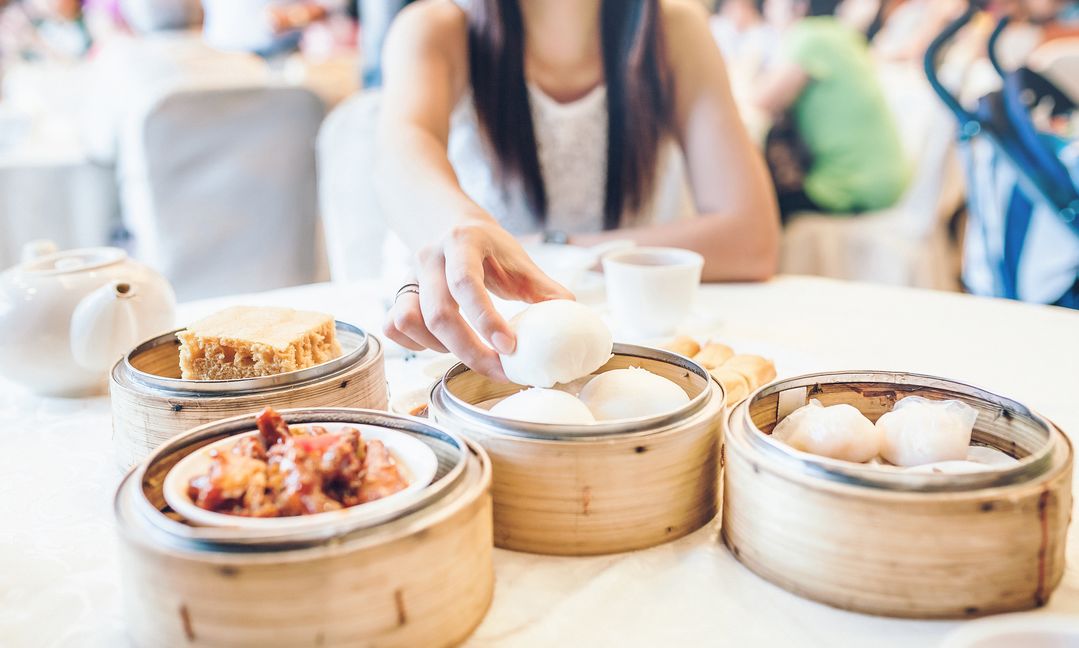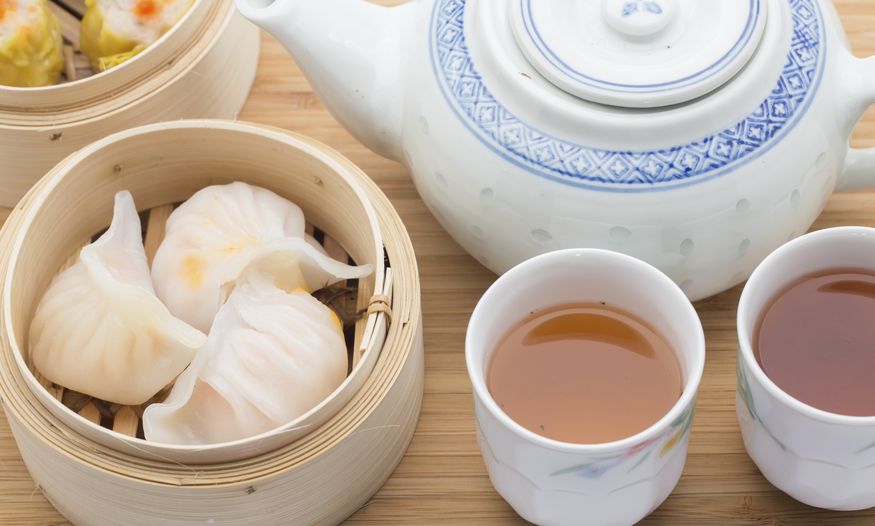GROUPON GUIDE TO BAKERSFIELD
What is Dim Sum? A Guide to the Chinese Answer to Brunch
BY: Editors |Jul 11, 2018
Restaurant Deals

Trending
Up to 60% Off on Sam’s Club Membership
5625 Gosford Road, Bakersfield • 33.3 mi
Sale Ends 4/29
Sam's Club

Trending
Savor Delightful Breakfast & Lunch w/ $20 Voucher in Cozy Setting!
1530 Norris Rd., Bakersfield • 26.5 mi
38% discount_off
Cope's Knotty Pine Cafe

Sweet Deals with $10 or $20 Toward Frozen Yogurts
4560 Coffee Road, Bakersfield • 26.9 mi
40% discount_off
Menchie’s Frozen Yogurt

Trending
Unlock Fabulous Sips with One Wine-Tasting Pass at Priority Wine Pass
35% discount_off
Priority Wine Pass

One-Year Costco Membership with a $20 or $40 Digital Costco Shop Card
3800 Rosedale Highway, Bakersfield • 28.8 mi
$65
Costco

Black Angus Steakhouse: Three Course Dinner for One or Two People
3601 Rosedale Highway, Bakersfield • 29.0 mi
12% discount_off
Black Angus Steakhouse

Grab 2 $7.00 Vouchers for Rally's at 11 Locations
1230 W. Henderson Ave, Porterville • 24.4 mi
50% discount_off
Rally's - Central Valley

$5 Off $25 eGift Card to Krispy Kreme
9410 Rosedale Highway, Bakersfield • 27.8 mi
20% discount_off
Krispy Kreme® Doughnut Corporation

Experience Pampas Las Vegas, Original Churrascaria on the Strips with Lunch or Dinner Options (Up to 34% Off)
3663 South Las Vegas Boulevard, Las Vegas
29% discount_off
Pampas Las Vegas

Mother's Day Wine Gift: Up to 18 Bottles from Naked Wines, Save Big!
78% discount_off
18 Bottles of Premium Red, White or Mixed Wine from Naked Wines

Custom Etched Bottle of Wine at Etchedwine.com
50% discount_off
Custom Etched Bottle of Wine with Gift Set Options at Etchedwine.com

Enjoy Frozen Yogurt with 5 Vouchers for $4 Each in Bakersfield
8200 Stockdale Highway, Bakersfield • 29.9 mi
38% discount_off
Tutti Frutti Frozen Yogurt

3 Months of Unlimited Drinks with Panera’s Sip Club + $25 Gift Card
59% discount_off
Panera Bread

EveryPlate Meal Kit Delivery
56% discount_off
Every Plate: One Week of Meals (Multiple Options) - Your Affordable Meal Kit Delivery Service!

Up to 81% Off Cabernet Wine Sampler from Splash Wines
76% discount_off
6, 15, or 18 Bottle Cabernet Wine Sampler from Splash Wines








